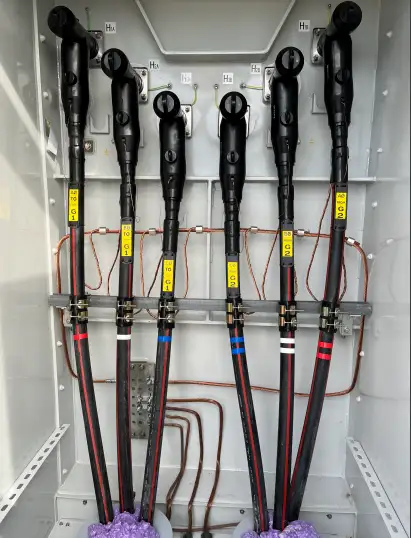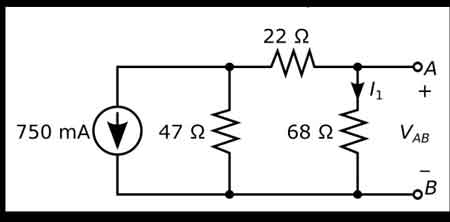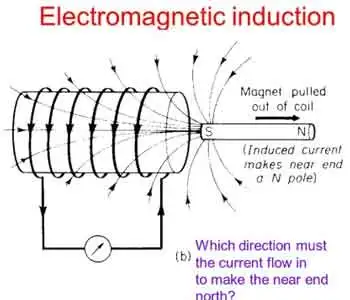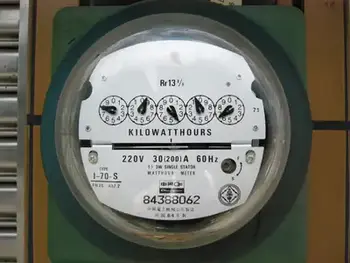DC Current - Electricity Explained
By R.W. Hurst, Editor
DC current delivers unidirectional electron flow with constant polarity, powering circuits, batteries, and electronics; characterized by steady voltage, low ripple, and efficient distribution via rectifiers, converters, and regulated power supplies in electrical engineering.
What Is DC Current?
DC current is unidirectional electron flow with constant polarity, providing steady voltage for efficient power delivery
✅ Provides constant voltage for sensitive electronics and logic circuits
✅ Generated by batteries, fuel cells, solar PV; produced via rectification
✅ Enables precise control in motors, sensors, and industrial automation
DC current is essential to electrical energy, powering devices ranging from small electronic gadgets to electric vehicles. We can appreciate its significance in modern life by understanding its properties, applications, and relationship to other electrical concepts such as voltage, resistance, and Ohm's Law. Despite its limitations in power transmission over long distances, the use of DC current in solar energy systems and electric vehicles continues to demonstrate its vital role in an increasingly electrified world. For a practical primer, the direct current overview clarifies key concepts used in everyday systems today.
Direct current (DC) and alternating current (AC) are the two primary forms of current that power various electrical devices and systems. As the name suggests, direct current flows in a single, unidirectional direction, while alternating current oscillates in direction and magnitude. This article will explore the fundamental concepts of DC current, its applications, and its relationship to other aspects of electricity. For deeper contrasts, the difference between AC and DC guide expands on efficiency, safety, and conversion considerations for designers.
It is the flow of electric charge (electrons) in a consistent direction across a conductor, such as a wire. The consistent flow differentiates it from AC, where the direction of the flow periodically reverses. One of the most significant differences between DC and AC current is their power transmission method. DC systems transmit power at a constant voltage, while AC power alternates at a specific frequency. Complementing this, an accessible alternating current explainer details waveform behavior and frequency effects relevant to grid systems.
Electrical circuits using DC current play an essential role in many everyday devices and systems. Some common applications of DC current include batteries, solar panels, and electronic devices. Batteries are a prime example of a DC power source, as they generate a steady flow of electrons from one terminal to another. Solar panels, on the other hand, convert sunlight into DC electrical energy, which can then be stored in batteries or transformed into AC for use in homes or businesses. If you're new to the topic, this current electricity introduction connects sources like batteries and solar arrays to practical loads in simple terms.
In DC current circuits, voltage and resistance are essential factors influencing the flow of electric charge. Voltage refers to the electric potential difference between two points, whereas resistance represents the opposition to the flow of current. Ohm's Law, a fundamental principle in electrical engineering, states that the current flowing through a conductor between two points is directly proportional to the voltage across those points and inversely proportional to the resistance between them. In other words, the higher the voltage or, the lower the resistance, the greater the current. A concise current reference ties these relationships to measurement practices and typical units used in labs.
DC current also plays a critical role in electric vehicles, where it is converted from high-voltage batteries to the required voltage for the electric motor. This conversion from DC to AC is essential because electric motors typically function on AC power.
DC current presents both advantages and disadvantages. One of its main benefits is its simplicity, as it maintains a constant voltage and current flow, making it easier to work with in electronic devices. Additionally, its unidirectional flow allows for more efficient power storage in batteries. However, one significant drawback is that it could be better suited for long-distance power transmission, as it suffers from substantial power loss over long distances.
The story of electricity would be incomplete without mentioning the famous "Battle of the Currents" between Thomas Edison, a staunch advocate of DC systems, and George Westinghouse, who supported AC systems. Ultimately, AC power emerged as the winner for power distribution due to its ability to transmit power over long distances with minimal energy loss. For historical and conceptual grounding, an electricity definition frames how these terms evolved across scientific practice.
DC Current Calculator Explained
A DC current calculator is a tool that helps to determine the direct current flowing through an electrical circuit based on known values of voltage, resistance, and sometimes power. It is used to simplify and verify calculations related to DC circuits and ensure proper circuit design, maintenance, and troubleshooting. The calculator uses Ohm's Law and the power equation as the basis for its calculations.
Ohm's Law states that the current (I) flowing through a conductor between two points is directly proportional to the voltage (V) across those points and inversely proportional to the resistance (R) between them. The formula is:
I = V / R
In addition to Ohm's Law, the power equation can be used to determine the current in a circuit when the power (P) and voltage (V) are known:
P = IV
By rearranging this formula, we can find the current:
I = P / V
To use a calculator, you will typically input the known voltage, resistance, and/or power values, and the calculator will solve for the unknown variable (in this case, the current). For safe circuit operation, some calculators may provide additional information, such as power dissipation or required resistor wattage. If you need a refresher before using calculation tools, this basic electricity primer reviews units, symbols, and safety fundamentals that prevent common mistakes.
A calculator is especially useful for electrical engineers, technicians, and hobbyists working with DC circuits to verify their calculations or diagnose issues within the circuit. It can help ensure the proper functioning of electronic devices, efficient energy usage, and the safety of the electrical components within a system.















